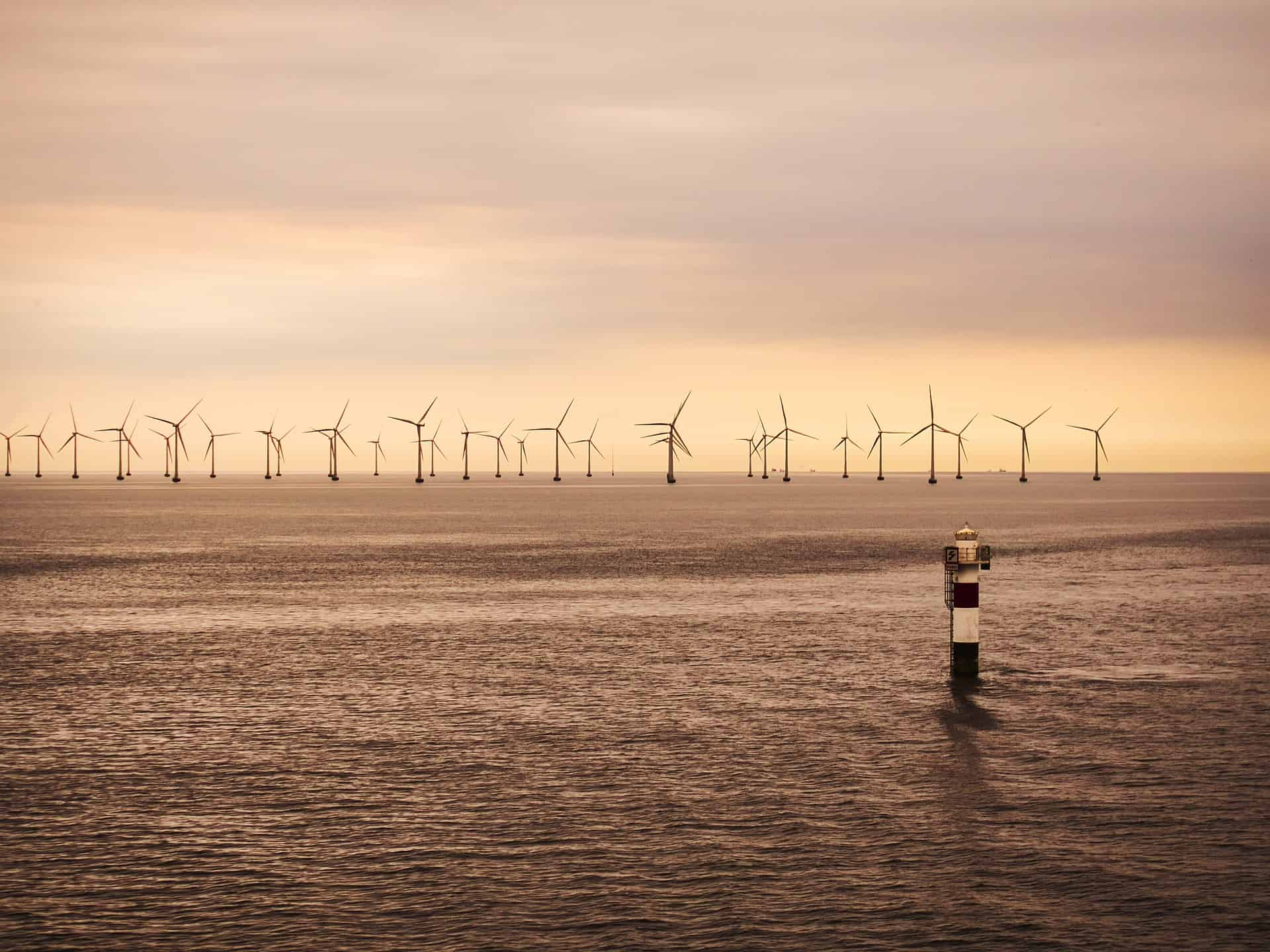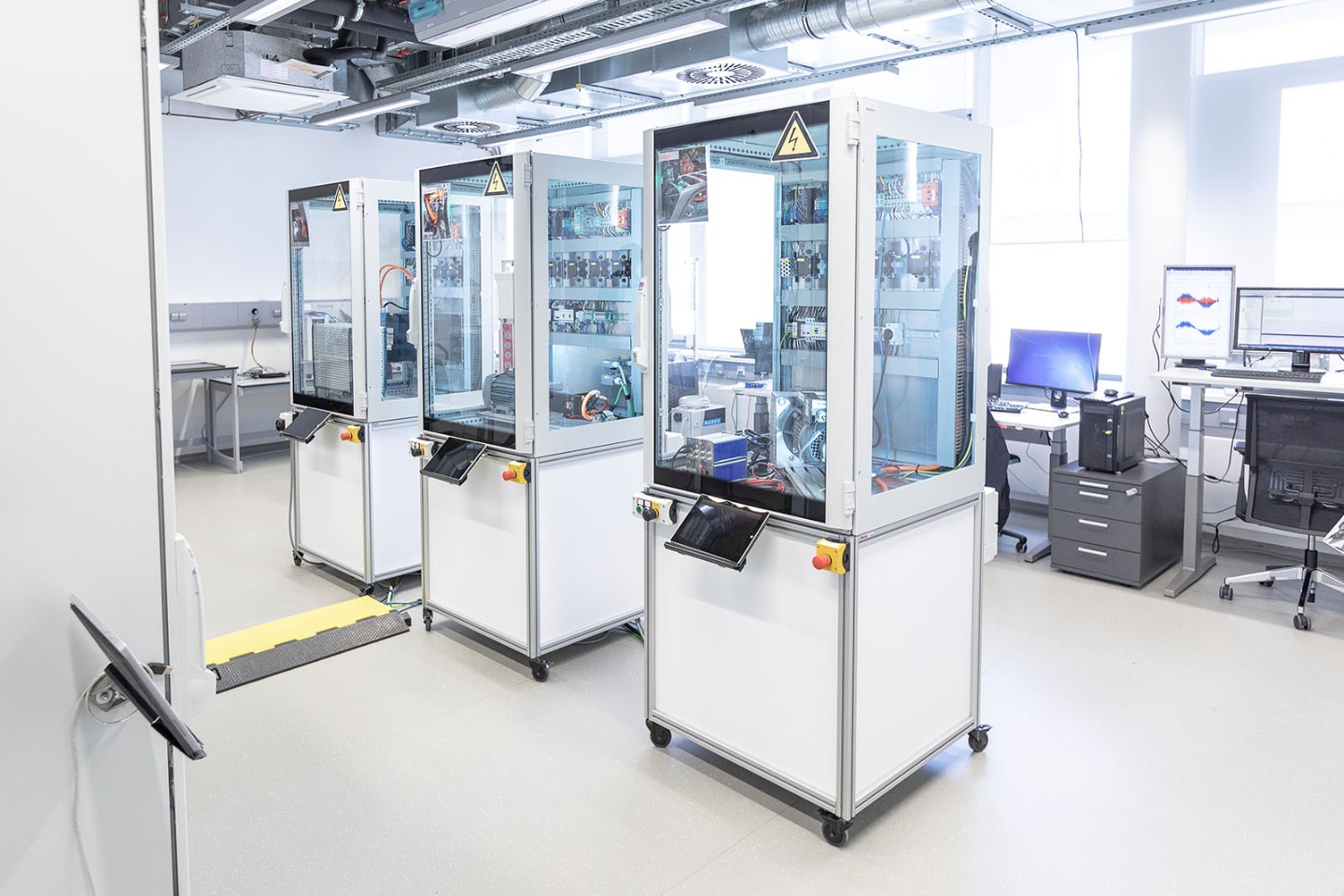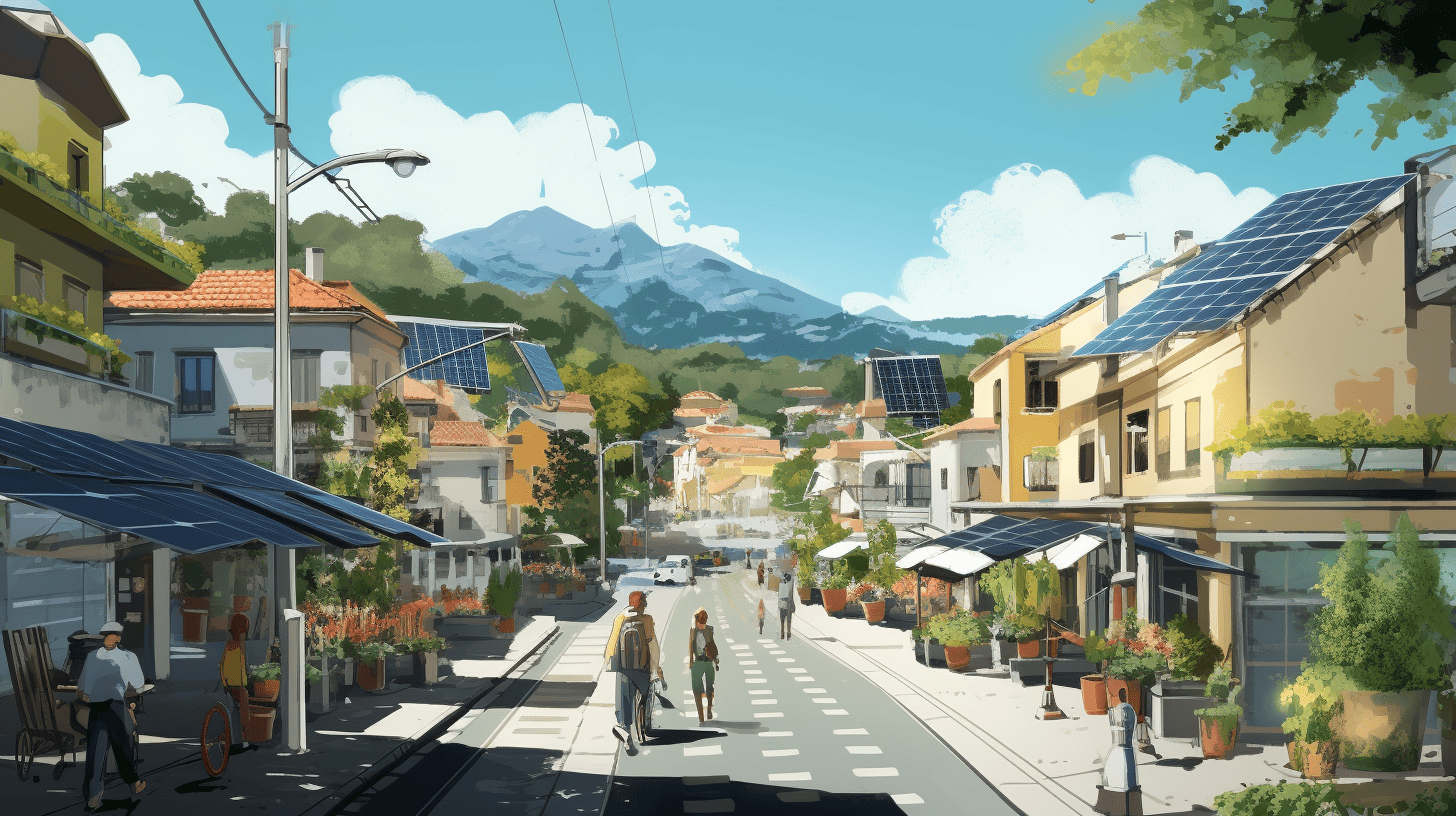
The increasing electrification in society leads to higher peak loads on the electricity grid. Some people are warning for an energy transition that is too fast. Others are hopeful for a fully electric future. In a report commissioned by the Dutch Topsector Energie program, more than 100 potential solutions are offered, all focusing on maximizing the capacity of the existing or upcoming electricity network to accelerate the energy transition. In a 12-part series, Innovation Origins spotlights the twelve most promising solutions. This is part 7: Applying Direct Current.
- The Dutch Topsector Energy collected 100 ideas to solve the issues around grid congestion.
- One of the twelve most powerful ideas is about applying direct current.
- More safety aspects must be considered when using DC.
A cable operating on direct current (DC) can transport 50% more energy than the same cable on alternating current (AC). Using DC can significantly contribute to better utilization of the electricity infrastructure. While the electricity network predominantly operates on AC due to historical stability, fewer risks, and easier transformation to other voltage levels, there are already solutions for DC-DC conversion, albeit relatively expensive.
Connections with countries like Norway and the United Kingdom are executed in DC. In transporting large-scale wind energy generation, DC is already being applied, notably in the United States, and TenneT has plans for similar implementations. On a smaller scale, examples include the educational building Pulse at TU Delft and DC charging stations powered by solar energy. One advantage of a local DC system is the absence of DC/AC conversion losses, and it offers higher transport capacity.

Knowledge development
Safety aspects must be considered when using DC. For instance, stray currents from DC can be more harmful than those from AC. Using DC in existing or new network parts can increase throughput capacity by 50%. The most significant opportunities are in constructing specific network parts and function or location configurations. Stimulating technology and knowledge development is crucial. DC can be a technical solution and a catalyst in thinking about the energy transition. The application of local generation and use contributes to the decentralized narrative.
For new grid sections with specific functional configurations, for example, an energy hub or EV charging from a solar farm, DC voltage can be an efficient choice. Electricity generation from PV is done in DC and all batteries, such as home batteries, community batteries, and electric vehicles, run on DC. By directly coupling generation and consumption on DC, fewer cables and grid components are needed, and there is no loss in any conversion to and from AC voltage.

Direct current is simpler and requires fewer components (not counting conversion to AC). On the other hand, DC voltage application is still minimal, so components are less available and more expensive. The direct voltage’s cost effects depend on the exact application and grid components involved.







